One mammal, 46 reptiles, 24 amphibians, 19 fishes, and 290 plants make up the massive number of newly discovered species announced by the World Wide Fund for Nature — and they’re all from one remote region of Southeast Asia.
The 380 new species were found in Cambodia, Laos, Myanmar, Thailand, and Vietnam, known as the Greater Mekong region, in 2021 and 2022.
“These remarkable species may be new to science but they have survived and evolved in the Greater Mekong region for millions of years, reminding us humans that they were there a very long time before our species moved into this region,” K. Yoganand, the WWF-Greater Mekong regional wildlife lead, said in a press release. “We have an obligation to do everything to stop their extinction and protect their habitats, and help their recovery.”
The species include a miniature orchid “with brilliant pink and bright yellow coloring,” a gecko that opens its mouth wide when threatened, and the Cambodian blue-crested agama (pictured above), which can change color as a defense mechanism. They make up a diverse ecosystem, one that conservationists say must be protected.
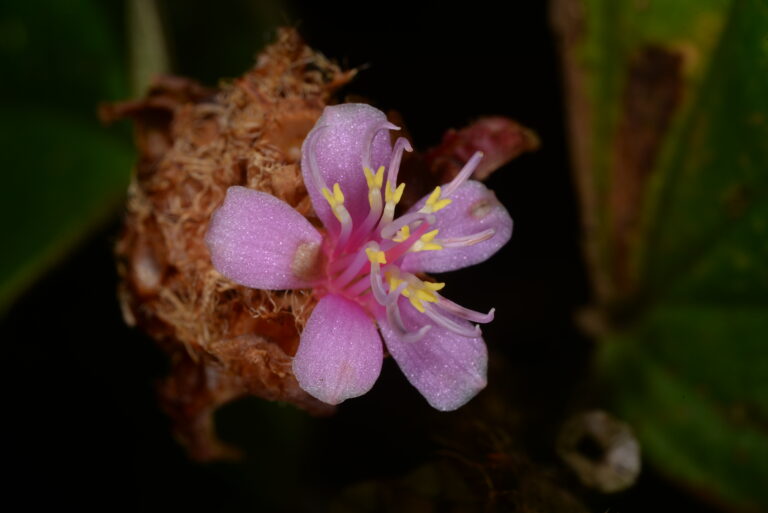

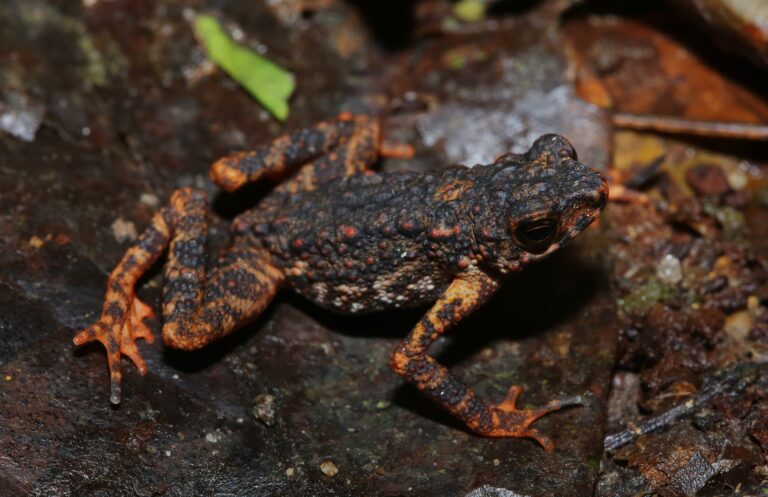
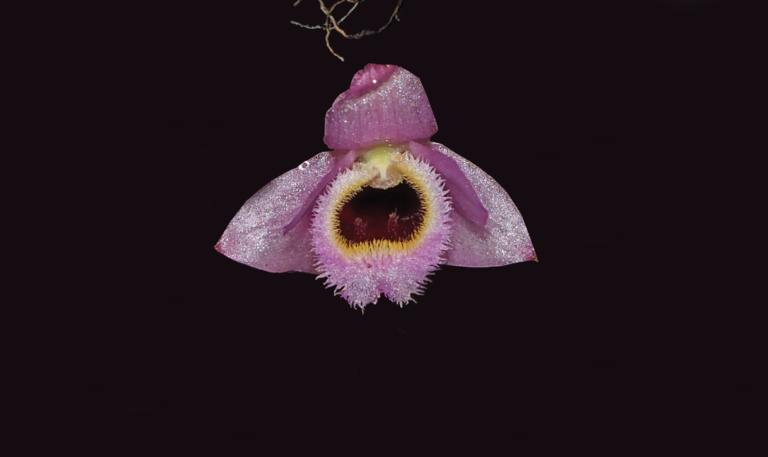
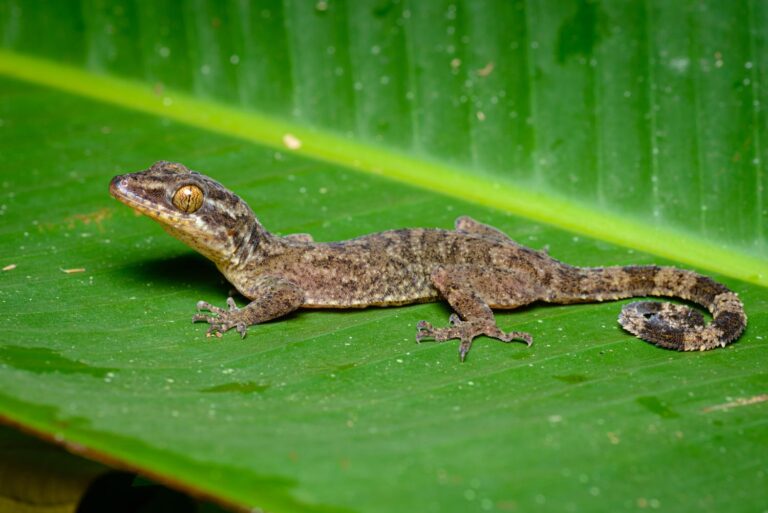
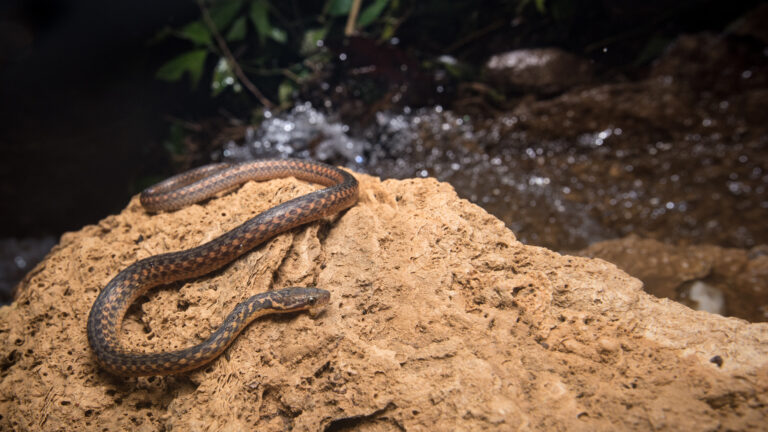
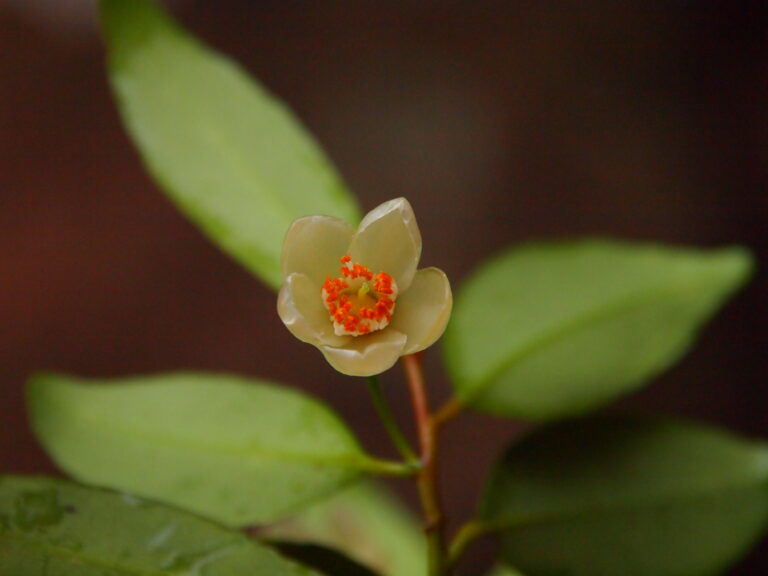
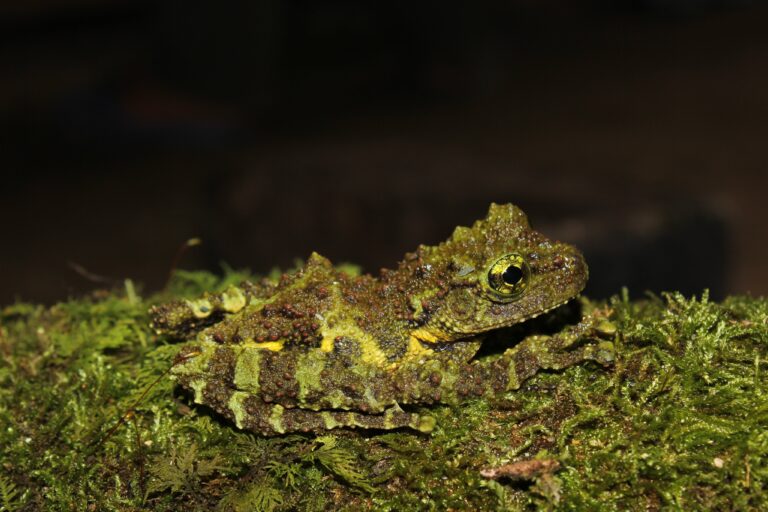
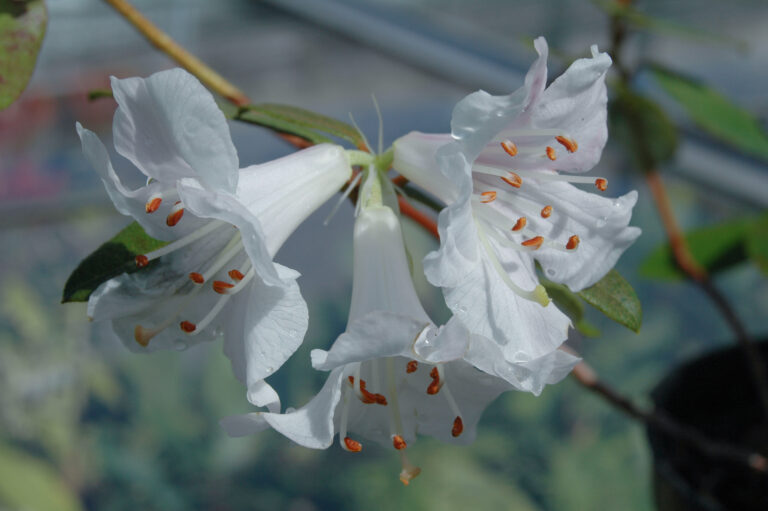
“While the Mekong region is a global biodiversity hotspot, it is also experiencing a vast array of threats,” explained WWF-US Asian Species Manager Nilanga Jayasinghe. “We must continue to invest in the protection and conservation of nature, so these magnificent species don’t disappear before we know of their existence.”
These discoveries were documented in a new report from the organization, released May 22, that highlights the work of the hundreds of scientists from universities, conservation organizations, and research institutes across the globe.
Truong Q. Nguyen, of the Institute of Ecology and Biological Resources at the Vietnam Academy of Science and Technology, wrote the foreword to the report, echoing his fellow researchers in emphasizing the importance of greater environmental protections in the Mekong region.
“Discoveries of new species, like the ones highlighted in this report, help to fill the knowledge gap about what exists in the natural world,” Nguyen wrote. “They also fill us, the researchers, with wonder and trepidation. Wonder that there are still countless species yet to be found, and trepidation that there isn’t enough time to find, understand, and conserve them.
“More concerted, science-based and urgent efforts need to be made to reverse the rapid biodiversity loss in the region,” he continued, adding, “Conservation measures for ecosystems and wildlife species need more attention from government agencies, NGOs, and the general public.”
RELATED: Mating for Life: 17 Animal Species That Are Monogamous in the Wild
Share to:
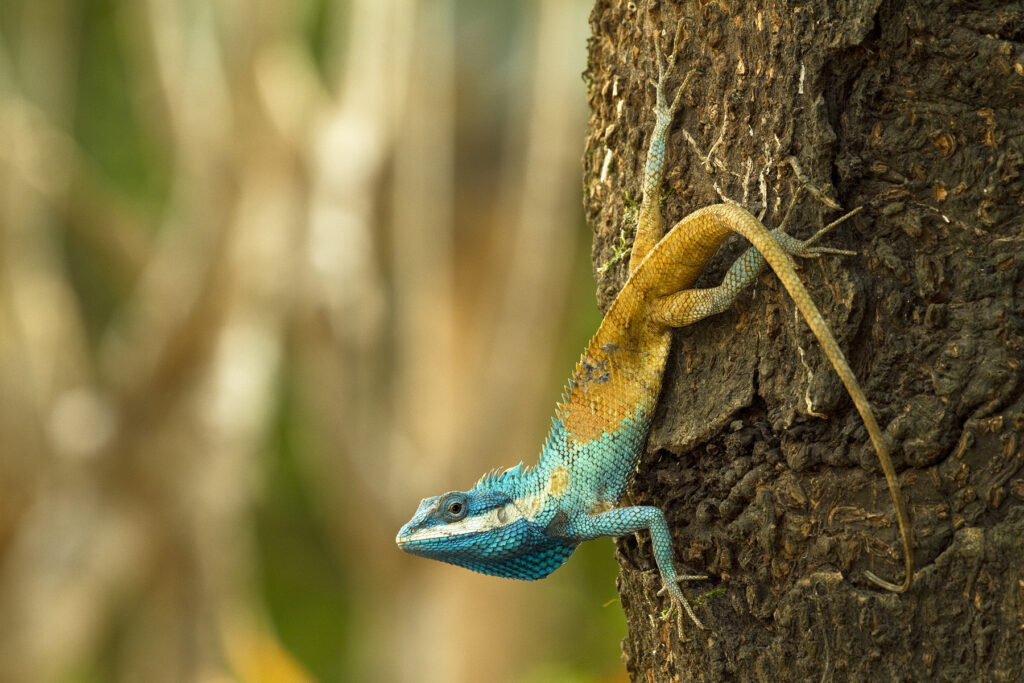
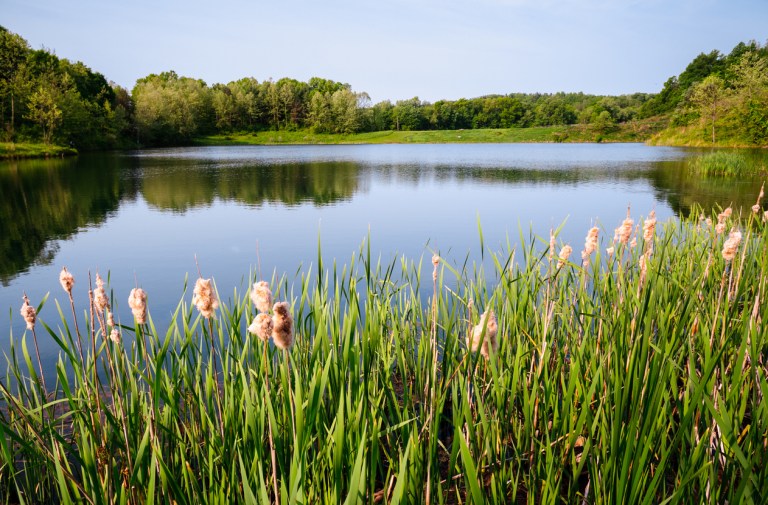










Pingback: The 6th Mass Extinction Crisis – speculation without substance? – Website | www.robertonfray.com